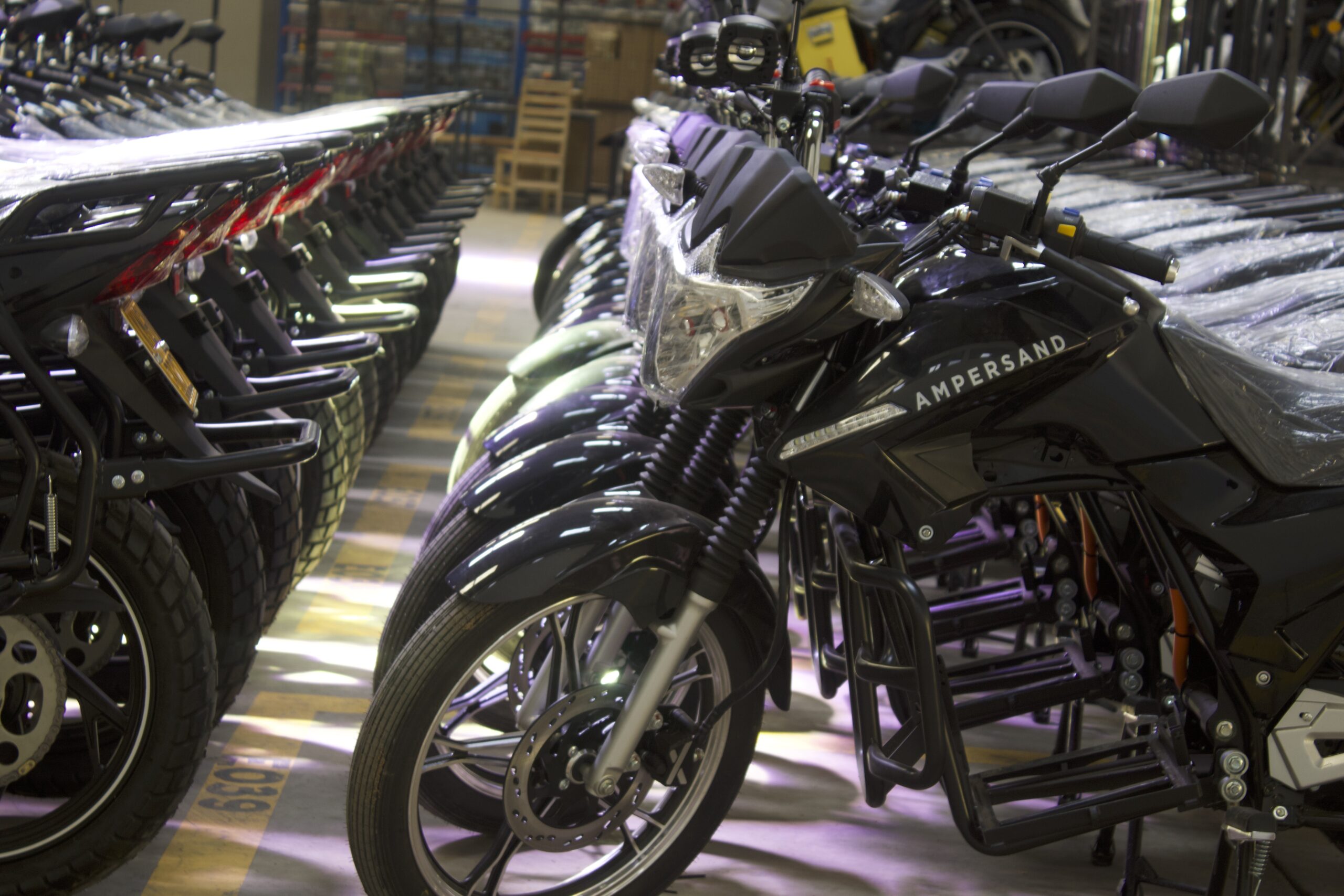Support CleanTechnica’s work through a Substack subscription or on Stripe.
Last Updated on: 14th August 2025, 02:06 pm
The Philippines is officially entering a new era of energy with a landmark 4.99 MW floating solar plant on the Malubog Reservoir in Toledo City, Cebu.
The floating photovoltaic farm is a pioneering project, a collaboration between Carmen Copper Corp. and the global engineering firm Black & Veatch. It is the first of its kind in the Philippines. Innovative renewable energy solutions can be seamlessly integrated into industrial operations.
Black & Veatch, the project’s Engineering, Procurement, and Construction (EPC) contractor, brought the vision to life. The effort included installing 8,540 solar panels, a new prefabricated substation, and a six-kilometer overhead distribution line to connect the plant to Carmen Copper’s existing grid.
Completed In 15 Months
The entire construction process was completed in just 15 months, on time and within budget. The team also maintained an outstanding safety record of over 250,000 man-hours worked without any lost-time injuries.
“This initiative reflects Carmen Copper’s commitment to responsible mining and environmental stewardship, while aligning with the Department of Energy’s target to have renewable energy account for at least half of the country’s total power capacity by 2040,” said Atty. Axel G. Tumulak, Carmen Copper Head of Legal, Compliance, and Corporate Governance. Carmen Copper is a wholly owned subsidiary of Atlas Consolidated Mining and Development Corporation.
As part of its responsible mining policy, Carmen Copper has integrated the solar facility into its operations. The plant currently supplies about 10% of the power needed for the mine, significantly reducing its reliance on fossil fuels.

Why Floating Solar Is A Game-Changer
The decision to install the solar array on the Malubog Reservoir leverages several key advantages of floating solar technology, often called “floatovoltaics.” For one, the water’s constant cooling effect helps keep the panels’ operating temperatures low, boosting their efficiency compared to land-based installations.
Using a water body also means the project avoids occupying valuable land that could be used for other purposes, like agriculture or community development. Lastly, the shade from the floating panels significantly reduces water evaporation from the reservoir, a critical environmental benefit in a region where water resources are a growing concern.
Interestingly, the reservoir was created in the 1970s by the Atlas Mining company initially to serve the water requirements of the operations of Atlas Mining Corp. Later, the reservoir became the water source for Toledo City, with a surplus capacity of 100,000 cubic meters of potable water per day.
A Clear Path To A Sustainable Energy Future
The project’s true significance lies in its future potential.
The current 4.99 MW installation is fully scalable, with the capacity to expand up to 50 MW. This potential expansion could eventually allow Carmen Copper to power its entire operations with 100% renewable energy, showcasing a viable pathway for large-scale industrial decarbonization.
This initiative is a powerful endorsement of the Philippines’ national renewable energy targets. It aligns directly with the Department of Energy’s goal of sourcing 35% of the nation’s power from renewable sources by 2030 and a more ambitious target of 50% by 2040.
Sign up for CleanTechnica’s Weekly Substack for Zach and Scott’s in-depth analyses and high level summaries, sign up for our daily newsletter, and follow us on Google News!

Have a tip for CleanTechnica? Want to advertise? Want to suggest a guest for our CleanTech Talk podcast? Contact us here.
Sign up for our daily newsletter for 15 new cleantech stories a day. Or sign up for our weekly one on top stories of the week if daily is too frequent.
CleanTechnica uses affiliate links. See our policy here.
CleanTechnica’s Comment Policy




